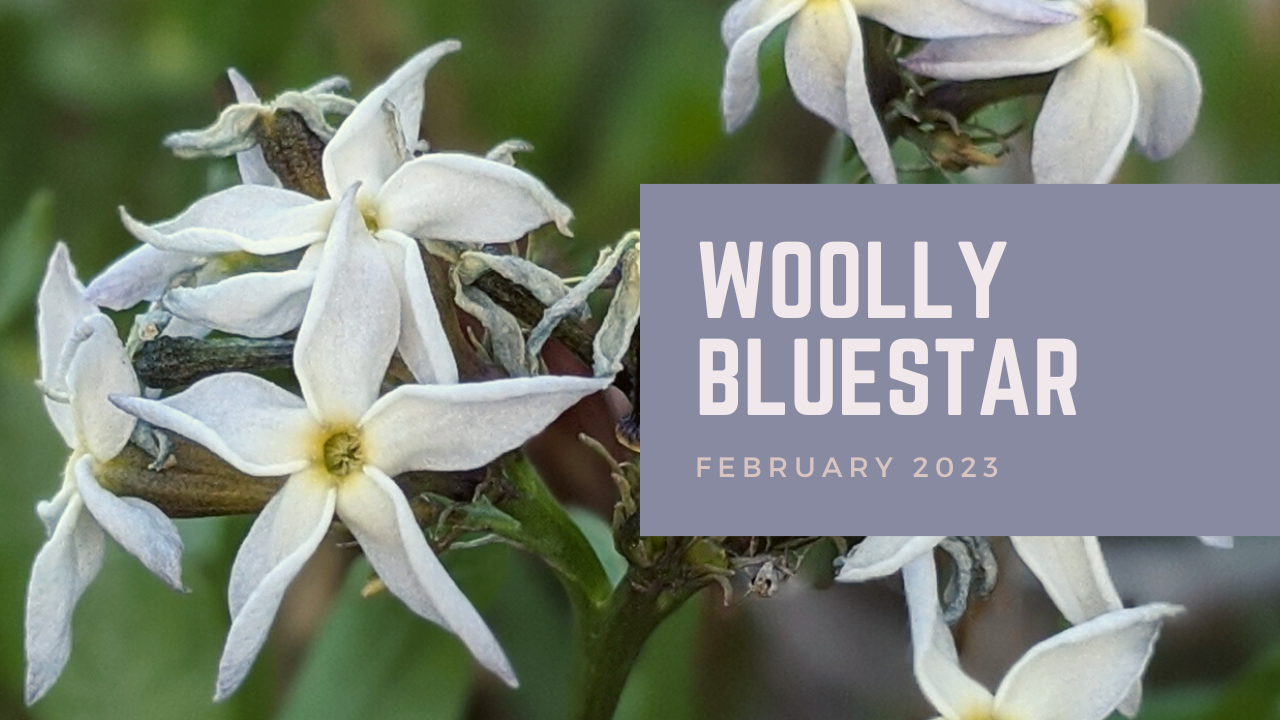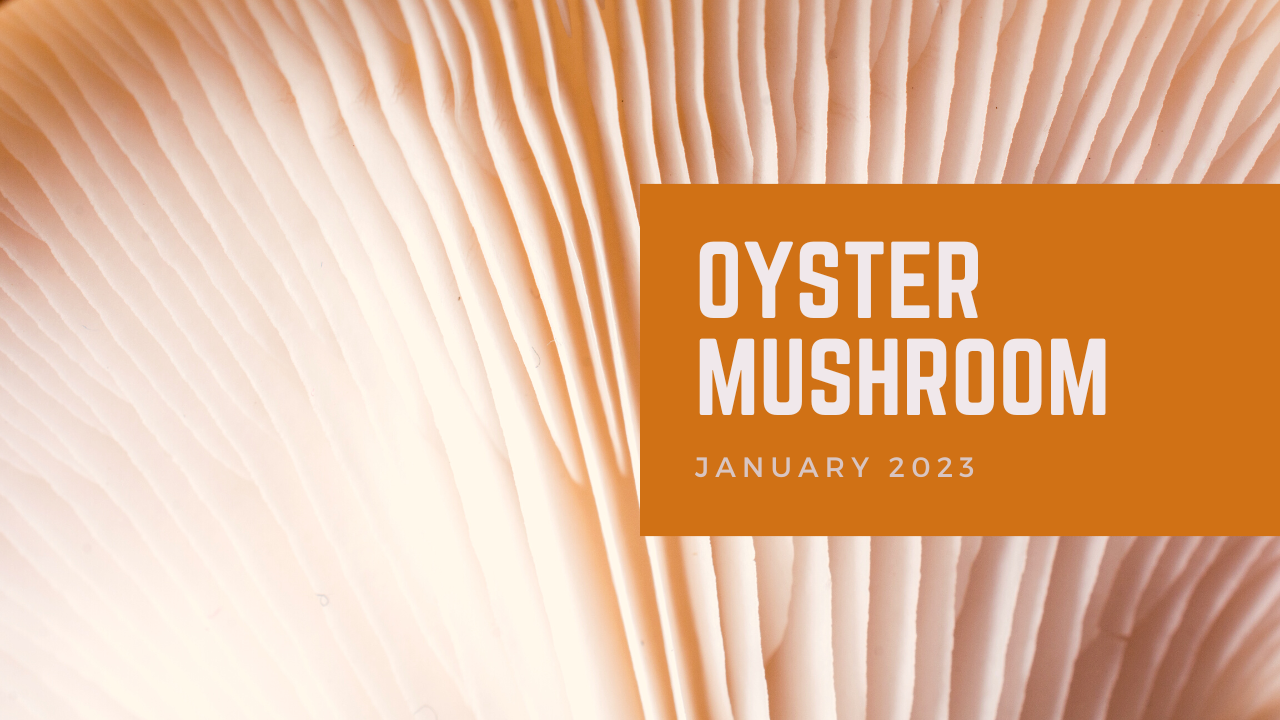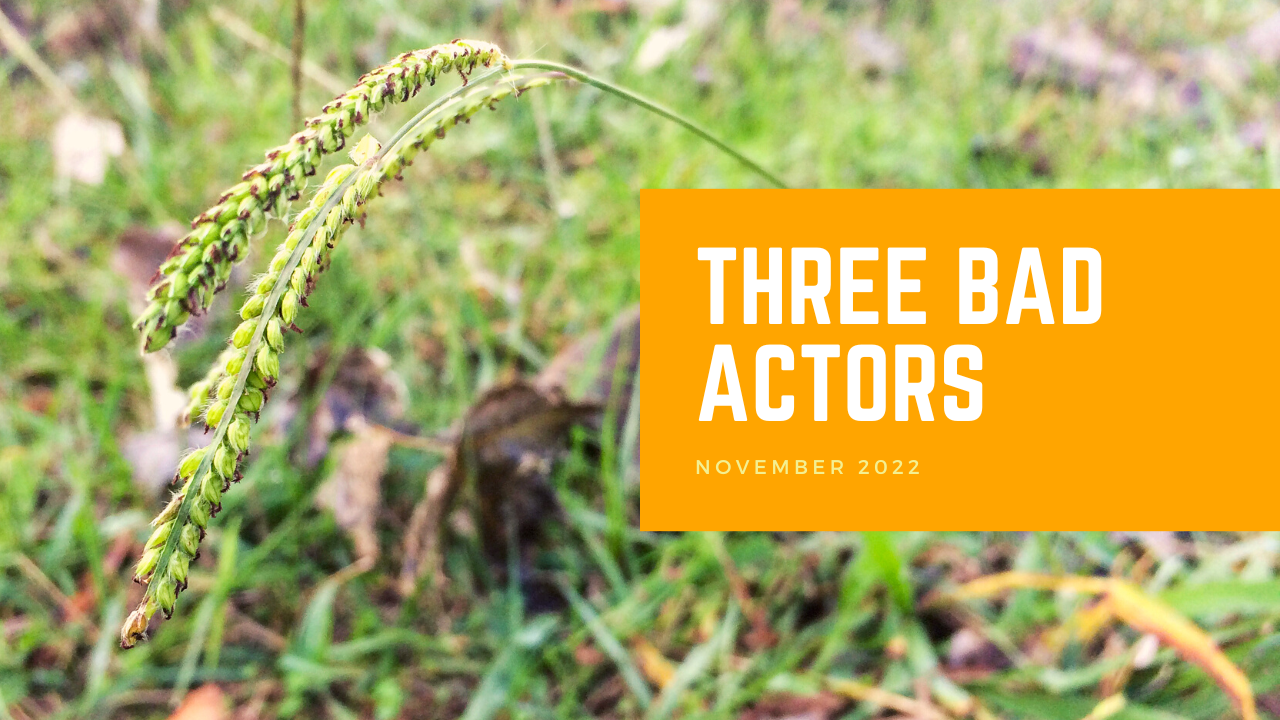Presented by Martha Richeson
November 14, 2022
Spotlight on Sorghum halepense (Johnsongrass), Digitaria ciliaris (Southern Crabgrass), and Paspalum dilatatum (Dallisgrass)
Family: Poaceae (Grass)
[MUSIC—EASY AND FUN]
[MARTHA] Tonight, these are not my favorite plants. The story goes that there was a group of people out collecting seeds. And a lot of times we turn these seeds in to be grown by different people. And it was found out somehow that some of the seeds that were collected that were supposed to be Switchgrass were Johnsongrass. I don’t know if the growers figured that out before they planted them or after they planted them. But anyway, this is just sort of to tell us how you can tell the difference between Switchgrass and Johnsongrass when you’re either down at the empty lot in your neighborhood because I know you don’t have Johnson grass in your yard, but a couple of the other ones you might have.
Johnsongrass was introduced in the 1800s, as many of our invasive grasses have been. They were introduced as forage for cattle in Texas and in other southern states. And they’ve just kind of moved around.
I have a picture on the left and one on the right. The one on the left kind of shows you a field of Johnsongrass. And you look on the right and you say “Well, that’s a field of Switchgrass.” And they do look very similar, but Switchgrass is our native coastal prairie grass. Usually not as tall as Johnsongrass gets, but if you’re not careful, they do have some similarities. But we’re going to look at the differences.
When you look at the inflorescence or the blooming or the seed head Johnsongrass has a distinctive purple tone in the seeds whereas Switchgrass is completely brown in the seeds. Although they do look somewhat similar in the way that they grow.
Now, if you pull up Johnsongrass and Switchgrass, the Johnsongrass has a very long rhizome, which can travel up to six feet. And it can get up to a half an inch in diameter. And at each of those nodes along the rhizome, it can put out a new plant. Usually, it does not at every rhizome but maybe every other or every three. So, it can travel over a large area and be a monoculture very rapidly whereas Switchgrass, on the right, it puts out short little rhizomes and it just increases the clump size of the grass.
Now, this is to me the easiest way to tell the Johnsongrass and Switchgrass. When you look at the leaves, Johnsongrass has a distinctive white mid-rib and Switchgrass has a mid-rib, but it is not that distinctive white color. So, if you think you’re collecting seeds please try to get Switchgrass. Check the leaves and make sure it’s not Johnsongrass.
All right. I’m going to do two other ones that pop up in the yards and I know my neighbors not watching, so this is a neighbor’s yard over on the right.
This is Dallisgrass and probably you see it at this time of the year because this is when it pops up and does its thing in our lawns. On the left, top, you can see the distinctive flowering spike of the Dallisgrass. It has an erect spike and four or five lateral little flag arms that are very thick and stick out on different sides of the stem.
It’s perennial, from Brazil and Argentina, again was introduced as a forage grass, and it’s common in lawns. It spreads by short rhizomes, so it again will begin to take over a lawn in time if something’s not done to it.
Now, if you don’t use herbicides, which I don’t necessarily recommend, you have to either get down on your hands and knees with a soil knife and start to dig it out after a good rain like today. Or you can get a bigger tool and start to chop the stuff out.
The sad thing is though that any parts of those rhizomes that are left will form a new plant.
And the other bad actor in our yards is Crabgrass. Crabgrass, as you see on the left, has a very distinctive, very lightweight-looking seed head.
And when you look at it in the ground when you have a brown background, like in this picture, you can see the arms radiate out like crab legs. In places where they have frost, this is killed annually. But here, we usually keep it year-round because we don’t get much of a freeze.
Reading a little bit on the history of this, it was a food crop in 3,000 years BC for India and Africa. And then it was brought to North America because they used it. It was called manna grits. And it was a reliable and nutritious crop. Now, that seems to me that would be a lot of work to get seeds off that little bitty seed head.
But anyway, it grows in your yard under stressful conditions. Whether your yard is weak from a freeze or weak from a drought or insect damage or your pets have flattened the yard, or the mowers just mow really low, the seeds just come right up because they need light to germinate. And so, you say, “Oh, my, this is just terrible.”
So, our best defense is just to take it all out and put in a native garden. Not that a native garden is no work, but at least you don’t have to fight Crabgrass and Dallisgrass.
Thank you so much.
[MUSIC—AND THAT’S IT]
Related Posts

Plant of the Month: Woolly Bluestar
Our Plant of the Month for February 2023 is Amsonia tomentosa, commonly known as Woolly Bluestar, Woolly Amsonia, Small Leaved Amsonia, or Gray Amsonia.

Plant of the Month: Oyster Mushroom
Our plant of the month for January isn’t a plant at all, it’s a fungus!
Botanical name: Pleurotus ostreatus
Common name(s): Oyster Mushroom, Pearl Oyster Mushroom

Spotlight on Invasives: Three Bad Actors
Spotlight on Invasives: Johnsongrass (Sorghum halepense), Southern Crabgrass (Digitaria ciliaris), and Dallisgrass (Paspalum dilatatum)

